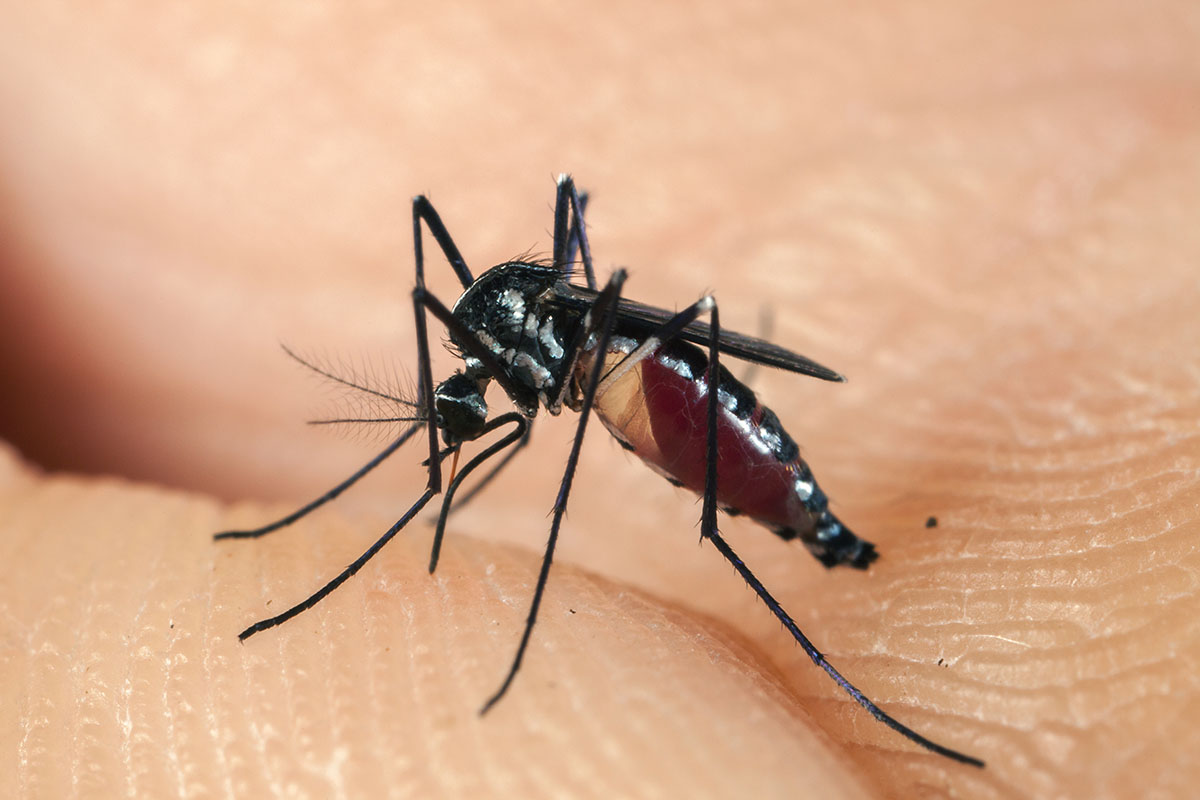It’s undeniable that the world is rapidly urbanizing. There are a lot of changes in our living standards, lifestyle, and most significantly health.
In tropical countries like the Philippines, infectious diseases can spread rapidly in densely-packed cities. Malaria, for instance, is one of the country’s public health problems.
It is caused by a parasite that is transmitted to the human blood from mosquito bites. What makes it deadly is that it deteriorates the quality of blood. It can destroy various organs in the body, like the liver.
Just in 2015, number of malaria cases in the Philippines boosted up to 100 percent. Usually, young children, pregnant women and people with low immune system are prone to risk of having this disease. Furthermore, 8,000 cases and 19 deaths were reported for that year, majority coming from the Western Visayas region.
Despite the improved housing and infrastructure, people living in the urban areas can’t be so assured that they won’t catch this deadly disease. Mosquitoes are still present everywhere, especially in rainy seasons, where standing water can be left in the open.
The spread of malaria mainly depends on the environmental, ecological and socioeconomic factors–which is why it’s important that we keep our environment clean.
Spraying safe insecticides regularly can also help. Always keep an eye on swimming pools, tyre tracks, constructions sites, swamps, and rivers, because they’re the most favorable breeding grounds for mosquitos.
Philippines treats malaria seriously and the country considers the control and elimination of malaria as a public health threat. Hospitals like ManilaMed, with its expert doctors and services, that can help detect and treat this deadly disease.
Malaria is both preventable and curable. But it’s still best to seek for professional medical care once symptoms persist. Visit www.manilamed.com.ph to ensure your family’s safety.









